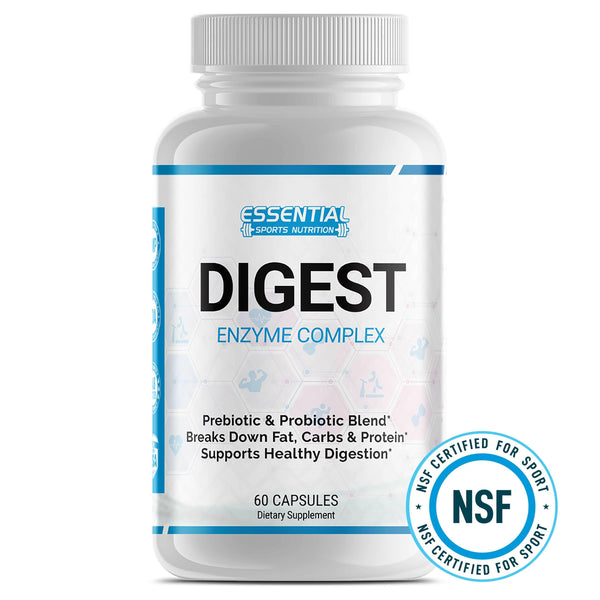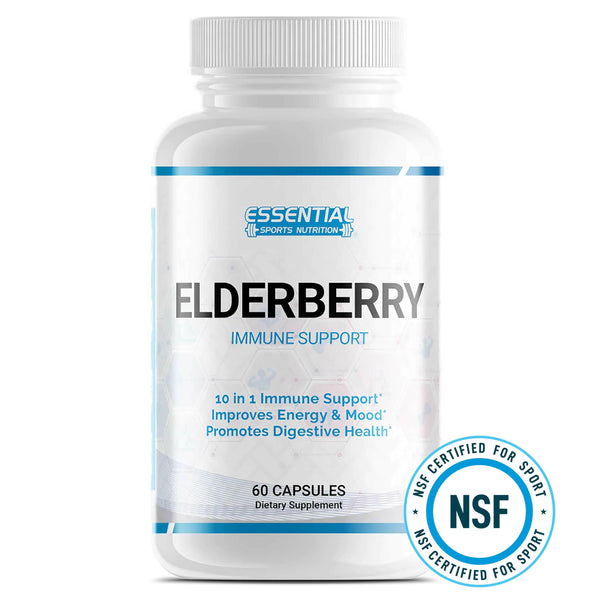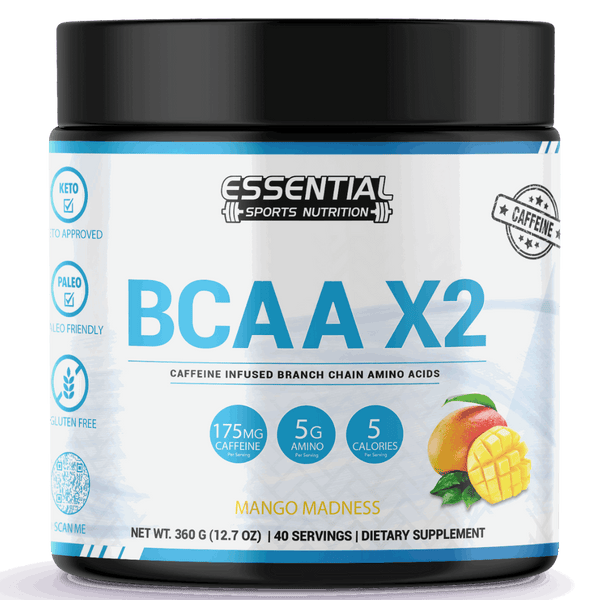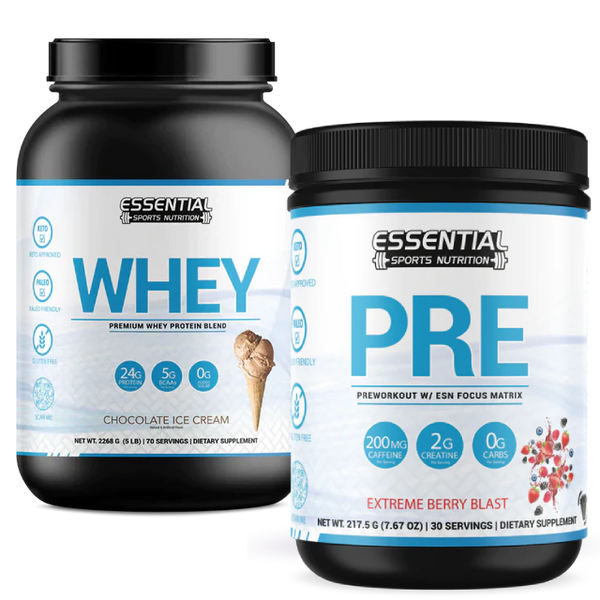Best Calf Exercises for Building Strength and Muscle
Adding specific exercises to your routine is key for stronger calf muscles. Calf muscles often need extra focus beyond regular leg workouts. Doing the best calf workouts helps in calf strengthening and boosts your lower legs' overall development.
By focusing on the top calf exercises, you build a strong connection between your mind and muscles. This is vital for muscle growth and endurance. Are you ready to elevate your leg day?
Key Takeaways
- Targeted calf exercises are essential for defined lower legs.
- Calf-specific training contributes to overall leg strength.
- Strong calves improve balance and athletic performance.
- Consistency and proper technique are key for growth.
- The right exercises can help bridge the gap left by standard leg workouts.
The Importance of Calf Workouts
Calf exercises are key for boosting lower-body strength and performance. They also improve the appearance of legs and help with daily activities and sports.
Why Train Your Calves Separately?
While squats and lunges work the calves, they don't focus enough on them. Special calf workouts target both the gastrocnemius and soleus muscles. This helps build balanced, strong calves.
This focused training leads to better symmetry and performance. It helps you do better in sports and physical activities.
Benefits Beyond Aesthetics
Muscular calves offer more than just looks. They improve ankle mobility, which is key for a smooth stride. Strong calves also boost explosiveness and stability in jumping and sprinting.
These are crucial for athletes wanting to up their lower-body agility and athletic skills.
Another benefit is injury prevention. Strong calf muscles support ankles and legs, lowering the chance of strains and sprains. Whether you're an athlete or just want to get fit, calf training is essential.
Understanding Calf Muscle Anatomy
The calf muscle anatomy is key for effective lower-leg workouts. It includes two main muscles: the gastrocnemius and the soleus. These muscles are crucial for many movements and activities.
The Gastrocnemius Muscle
The gastrocnemius is the more visible calf muscle. It's active when your knee is straight. This muscle is important for jumping and sprinting.
To work this muscle well, do exercises with your leg straight. This will help your lower leg workouts.
The Soleus Muscle
The soleus muscle is hidden under the gastrocnemius. It's active when your knee is bent. This muscle helps with walking and running at a steady pace.
To train the soleus, do exercises with a bent knee. This ensures your calf muscles are fully developed.
| Muscle | Location | Primary Function | Best Exercises |
|---|---|---|---|
| Gastrocnemius | Visible, upper calf | Movement with straight knee | Standing calf raises, jumping |
| Soleus | Beneath gastrocnemius | Movement with bent knee | Seated calf raises, walking |
Proper Technique for Effective Calf Muscle Training

When training your calves, being precise is crucial. Doing calf raises fully engages every part of the muscle. This ensures an effective workout.
To get the most from your effective calf workouts, focus on quality. Use controlled movements and the right amount of resistance. This helps your muscles grow and improve.
Here's how to do calf raises right:
- Stand with your feet on a raised platform or step.
- Lower your heels below the platform, stretching your calves.
- Then, squeeze your calf muscles as you lift your heels up.
- Hold at the top for a moment to engage your muscles fully.
- Finally, slowly lower back down to start.
Using these calf training techniques will strengthen your calf muscles. It also prevents injuries from bad form.
Donkey Calf Raise
The Donkey Calf Raise is a powerful exercise for strengthening the calf muscles. It targets the gastrocnemius muscle through stretching and contraction. To do it, lean forward to stretch your calves, then lift your heels as high as you can. This makes it great for building muscle.
How to Perform the Donkey Calf Raise
To do the Donkey Calf Raise right, follow these steps:
- Place your forearms on a stable surface, like a bench, and bend at the hips.
- Stand with your feet shoulder-width apart, and your heels hanging off a platform.
- Keep your core tight and your spine straight as you start lifting.
- Slowly lower your heels to stretch your calf muscles deeply.
- Then, push through your feet to lift your heels as high as you can, contracting your calf muscles.
- Slowly go back down to the start and repeat for as many reps as you want.
Benefits and Effectiveness
Adding the Donkey Calf Raise to your workout routine has many benefits:
- Enhanced Muscle Activation: The leaning position stretches and contracts your calf muscles more.
- Improved Calf Strength: Doing this regularly makes your calf muscles stronger, which is key for lower body power.
- Diverse Workout Options: It adds variety to your workouts, helping you keep making progress.
- Functional Movement: It's like real-life movements, which can improve your daily activities and sports performance.
| Benefit | Details |
|---|---|
| Enhanced Muscle Activation | Greater stretch and contraction improve muscle engagement. |
| Improved Calf Strength | Essential for enhancing lower body power. |
| Diverse Workout Options | Adds variety to prevent workout monotony. |
| Functional Movement | Improves performance in daily activities and sports. |
Build Bigger Calves with Single-Leg Calf Raises
Single-Leg Calf Raises are great for strengthening each calf muscle. They help correct imbalances and make your calves look even and toned.
This exercise also boosts your balance and stability. It works not just the big calf muscles but also the smaller ones. This helps strengthen your lower legs.
Here are some key benefits of incorporating Single-Leg Calf Raises into your workout routine:
- Corrects muscle imbalances: Working each leg separately helps strengthen the weaker calf, leading to balanced muscles.
- Enhances muscle definition: Regular training makes your calves more defined and toned, improving your leg look.
- Improves balance and coordination: It works the stabilizing muscles, helping you balance better and preventing injuries.
- Versatility: You can do Single-Leg Calf Raises anywhere, without any special equipment. They're perfect for home workouts.
To perform Single-Leg Calf Raises correctly, follow these steps:
- Stand on one leg, holding onto a wall or chair for balance.
- Slowly raise your heel as high as possible, focusing on squeezing the calf muscle.
- Lower your heel back down to the starting position under control.
- Complete the desired number of repetitions and switch to the other leg.
For the best results, add Single-Leg Calf Raises to your workout routine. Doing this along with other calf exercises will make your calves strong, balanced, and toned. This will also improve your overall leg strength and look.
Below is a comparison of Single-Leg Calf Raises against other popular calf exercises:
| Exercise | Target Muscles | Equipment Needed | Difficulty Level |
|---|---|---|---|
| Single-Leg Calf Raises | Gastrocnemius, Soleus, Stabilizers | None | Moderate |
| Standing Calf Raises | Gastrocnemius, Soleus | Machine | Easy |
| Seated Calf Raises | Soleus | Machine | Moderate |
| Donkey Calf Raises | Gastrocnemius, Soleus | Bench or Machine | Difficult |
Tips for Doing Calf Exercises at Home
Working out your calves at home is easier than you think. With a few simple techniques, you can boost your strength and flexibility. You don't need any special equipment.
Bodyweight Calf Workouts
Bodyweight exercises are great because you can do them anywhere. For a good calf workout at home, try these exercises:
- Standing Calf Raises: Stand with your feet hip-width apart. Lift your heels as high as you can, then lower them slowly.
- Single-Leg Calf Raises: Stand on one foot and lift your heel. Focus on using your calf muscles for control.
- Seated Calf Raises: Sit on a chair with your feet flat. Lift your heels, keeping the balls of your feet on the floor.
Using Household Objects for Resistance
You can use household items to make your calf exercises harder. Here are some tips:
- Water Bottles or Cans: Hold these in your hands during calf raises to add weight.
- Stairs: Use the edge of a step for more intense standing calf raises. Let your heels lower for a deeper stretch.
- Backpack with Books: Wear a backpack with books to add weight. This makes bodyweight exercises more challenging.
With these tips, home calf workouts can be a big part of your routine. Whether you do bodyweight exercises or use household items, regular workouts will make your calves strong and defined.
Best Calf Exercises for Building Muscle

Want to build strong, defined calves? The right calf workout routines are key. They target both the gastrocnemius and soleus muscles for full muscle development.
Three top calf muscle exercises are highly effective:
- Standing Calf Raises
- Seated Calf Raises
- Jump Roping (Plyometrics)
These calf workout routines work your muscles fully, helping them grow and look better. Standing Calf Raises focus on the gastrocnemius. Seated Calf Raises target the soleus. Jump roping adds variety, boosting strength and endurance.
| Exercise | Primary Muscle Target | Additional Benefits |
|---|---|---|
| Standing Calf Raises | Gastrocnemius | Improves balance and stability |
| Seated Calf Raises | Soleus | Enhances muscle endurance |
| Jump Roping | Both Gastrocnemius and Soleus | Increases cardiovascular fitness |
Adapting Calf Workouts for Different Fitness Levels

It's important to make calf workouts fit everyone's fitness level. This means adjusting the intensity, volume, and resistance. This way, you can create adaptable calf routines that meet your needs and abilities.
For beginners, starting with calf exercises for beginners is key. These exercises use your body weight. They help you learn the right form and technique without weights. Some good exercises for beginners are:
- Standing Calf Raises
- Seated Calf Raises
- Single-Leg Calf Raises
As you get stronger and more confident, you can add weights to your routine. This moves you to advanced calf workouts. Advanced routines might include weighted calf raises or plyometric exercises. For those more experienced, try:
- Donkey Calf Raises with Weight
- Calf Raises on a Leg Press Machine
- Box Jumps for Calves
The table below shows the differences between beginner and advanced routines. It helps you see how to adjust your workouts based on your fitness level:
| Exercise Level | Type of Exercise | Recommended Reps and Sets |
|---|---|---|
| Beginner | Standing Calf Raises | 3 sets of 12-15 reps |
| Beginner | Single-Leg Calf Raises | 3 sets of 10-12 reps each leg |
| Advanced | Weighted Donkey Calf Raises | 4 sets of 8-12 reps |
| Advanced | Leg Press Calf Raises | 4 sets of 10-15 reps |
By adjusting your routines to match your fitness level, you can progress safely. Whether you're starting with calf exercises for beginners or doing advanced calf workouts, these adaptable calf routines will help you reach your fitness goals. They'll also help you build stronger, more defined calves.
Conclusion

To build stronger and more attractive calves, you need a mix of different workouts. This guide has covered the key to working both the gastrocnemius and soleus muscles. This ensures your lower legs grow evenly.
Exercises like the donkey calf raise and single-leg calf raises target different muscle parts. You can do these at home, using your body weight or objects for extra resistance. This variety helps challenge your calves, no matter your fitness level.
We also talked about the importance of doing exercises right and increasing the weight over time. Following these tips helps your muscles grow and keeps you safe from injuries. Remember, strong calves are not just for looks. They also make your legs stronger and more stable. Use this knowledge to build powerful calves.
Best Exercises for Your Calf Muscle Growth FAQ
Q: What is the best exercise for calves?
A: The standing calf raise is often considered the best exercise for calves as it effectively targets the largest calf muscle, the gastrocnemius. Incorporating variations like the seated calf raise can help work different muscle fibers.
Q: How can I grow my calves effectively?
A: To grow your calves effectively, include a mix of calf muscle exercises such as standing calf raises, seated calf raises, and calf raise variations. Aim for a full range of motion and ensure you bend your knees slightly to engage all portions of the calf.
Q: What are the benefits of training your calves?
A: Training your calves can improve your overall leg strength, enhance athletic performance, and contribute to better balance and stability. Stronger calves also help in preventing injuries during physical activities.
Q: How do I perform a seated calf raise?
A: To perform a seated calf raise, sit on a bench with your feet flat on the ground or on a calf raise machine. Place a dumbbell on your thighs for added resistance, then raise your heels off the floor while keeping your toes grounded, and lower them back down for a complete range of motion.
Q: Are there specific calf exercises to strengthen one calf?
A: Yes, the single leg calf raise is a great exercise to strengthen one calf. Stand on one foot and raise your body using that calf muscle, then lower back down. This helps address any muscular imbalances between your calves.
Q: How can I tone my calves?
A: To tone your calves, incorporate high-repetition calf exercises such as the leg press calf raise and calf press. Focus on controlled movements and ensure you stretch your calves before and after workouts for better flexibility.
Q: What is the anatomy of the calf that I should know?
A: The calf consists primarily of two main muscles: the gastrocnemius and the soleus. Understanding the anatomy of the calf helps in selecting exercises that target both the larger muscle (gastrocnemius) and the deeper muscle (soleus) for balanced development.
Q: How often should I work my calves to get big calves?
A: For optimal growth, aim to work your calves 2-3 times a week, allowing for recovery between sessions. Use a variety of calf exercises to promote muscle growth and avoid plateaus in your training.
Q: Can I use a leg press machine for calf exercises?
A: Yes, the leg press machine can be effectively used for calf exercises. Position your feet on the platform with your toes hanging off, then push through your toes to perform a calf raise. This engages your calves while also allowing for heavy loading.
Q: What is the Donkey Calf Raise, and what are its benefits?
A: The Donkey Calf Raise targets the gastrocnemius muscle. It involves leaning forward and lifting the heels for a strong contraction. This exercise boosts muscle hypertrophy and strength.
Q: How do Single-Leg Calf Raises benefit my workouts?
A: Single-leg calf Raises isolate each calf muscle for focused work. They help correct imbalances and improve balance, endurance, and leg strength.
Q: Why is it important to train your calves separately?
A: Training your calves separately is key for symmetry and strength. It's also important for peak performance in sports and activities. While compound leg exercises work the calves, dedicated calf workouts target them better for overall leg development.




























